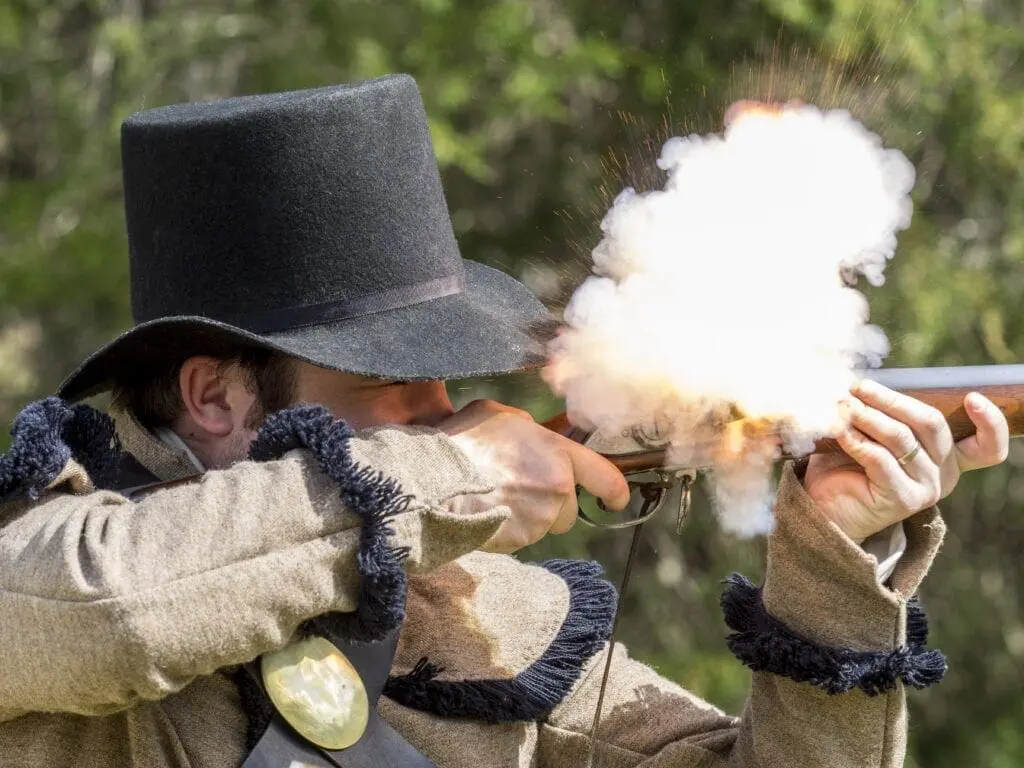
Historically speaking…
Tallapoosa County has been a busy place. Native American towns, legendary battles, frontier settlements, gold rush, ferries and grist mills, old time religion, cotton and sharecroppers, mansions and cabins, Yankee raids, soil erosion and reforestation, business visionaries, textile mills, three major hydroelectric dams, and a namesake river flowing sixty-six miles through the heart of it all. Presented here is a small sample of the many sites of historical significance. See how many more you can find.
About Our County…
Tallapoosa County was created in 1832 from lands ceded by the Creek Indians in the Treaty of Cusseta. The first county seat was the Creek town of Okfuskee. The forced removal of the Creeks in 1836 and 1837 was followed by a frantic gold rush, bringing a flood of profit seekers and settlers. Dadeville officially became the new county seat when its charter was granted by the Alabama legislature late 1837. In its early years Tallapoosa County’s economy was almost exclusively agricultural but transitioned to manufacturing with the rise of textile giants operating mills in Alexander City, Tallassee, Dadeville, and Camp Hill. The demise of domestic textile operations led to a more diverse economy. No event has had a more lasting effect than the construction of Martin Dam, completed in 1926. Most of Lake Martin’s 880 miles of shoreline are within Tallapoosa County. Often called Alabama’s Crown Jewel, Lake Martin provides limitless recreational opportunities for residents and tourists.
The Battle Of Horseshoe Bend
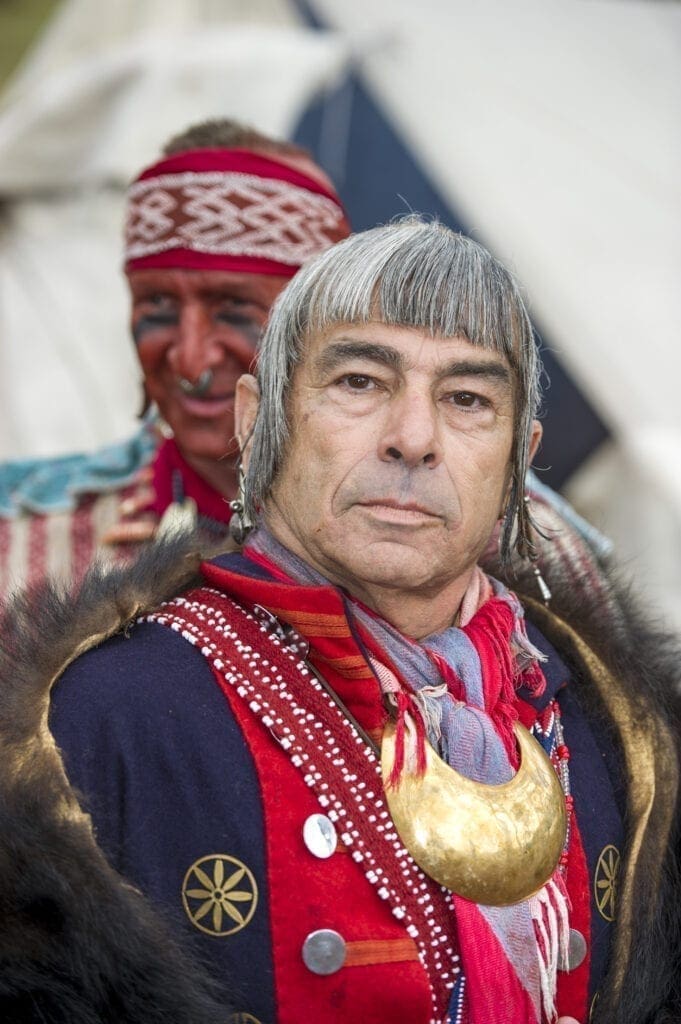
Early morning March 27, 1814, General Andrew Jackson and an army of over three thousand attacked the Redstick Creek village of Tohopeka. Approximately 1,000 Redstick warriors and an unknown number of women and children were behind a log barricade stretching across a bend in the Tallapoosa River. By the end of the day, most of the Redsticks were dead. Today, Horseshoe Bend National Military Park offers visitors the opportunity to learn about the Creek War, walk the battlefield, and enjoy recreational opportunities in a beautiful, historic location.
Smith Mountain Fire Tower
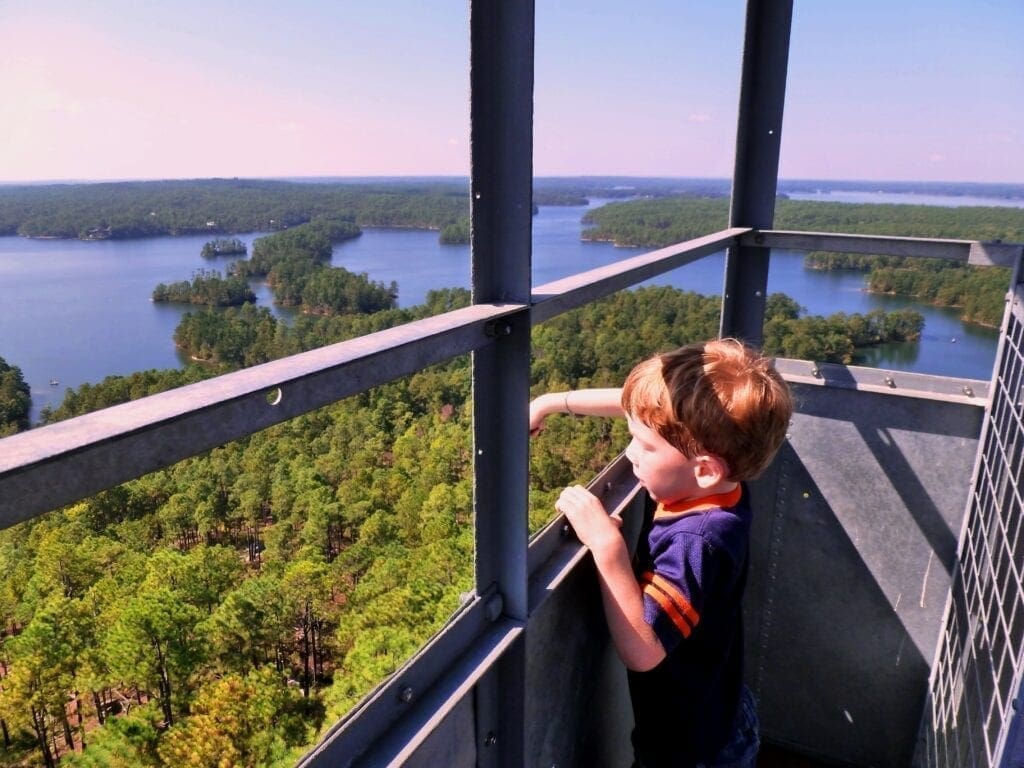
Smith Mountain is the highest elevation on Lake Martin. Towering 90 feet above the jagged peak is a historic fire lookout tower constructed in 1939, part of a six-tower fire protection network and former district office of the Alabama Forestry Commission. Now fully restored, the tower arguably offers the most scenic panoramic view in Alabama. Kiosks and graphic display panels on top of the mountain describe the natural and cultural history of the area. Open to the public for free.
Martin Dam
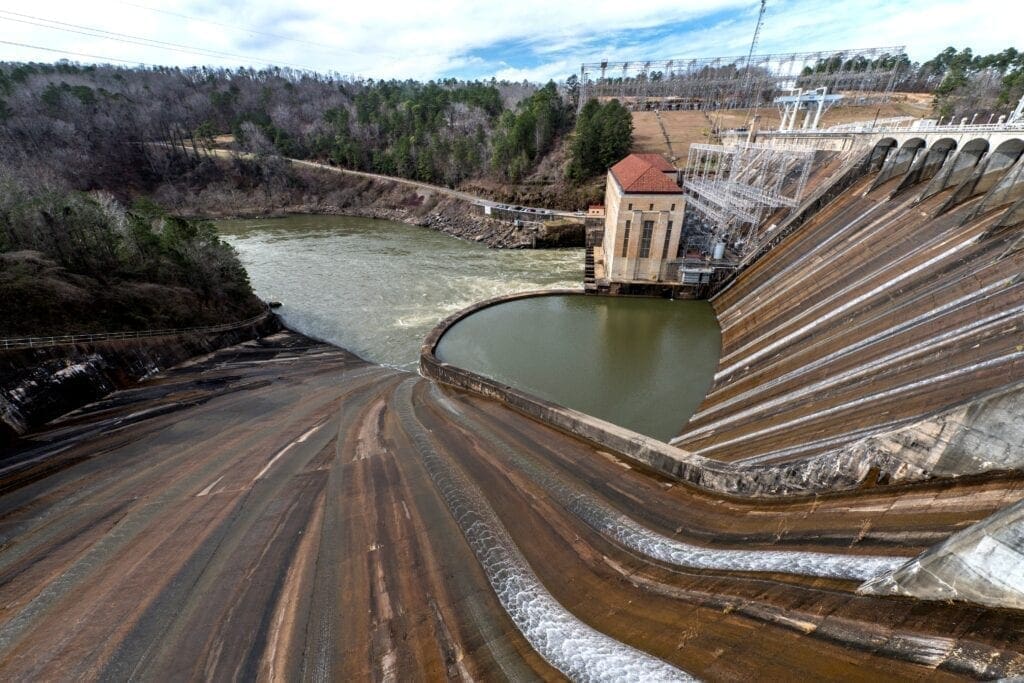
Originally called Cherokee Bluffs Dam, Martin Dam was completed in 1926. At 168 feet tall and 2,000 feet wide, the reservoir created by the dam filled to capacity in 1928. At that time, Lake Martin was the largest manmade lake in the world.
Goldville
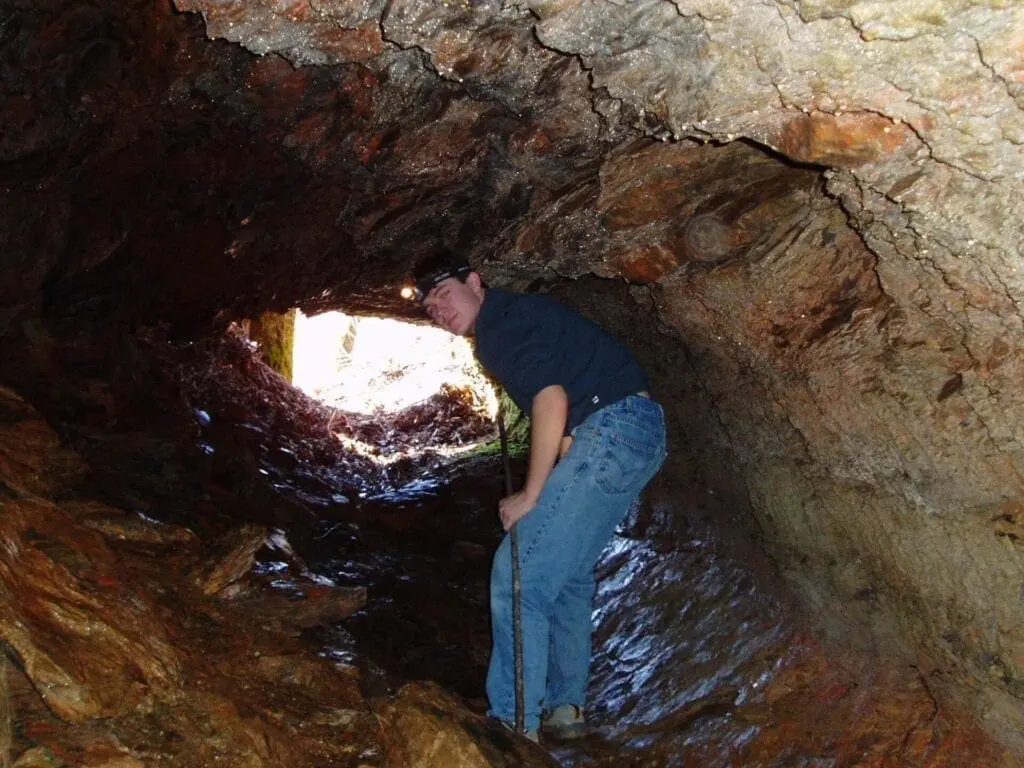
Discovery of Tallapoosa County gold brought a flood of prospectors. In less than three years, Goldville boomed from a small tent camp to a wild and boisterous city. Incorporated in 1843, its population rose to about 5,000. At its height Goldville was so popular and busy that the temporary post office was reported to handle more mail in a day than New York City. The town almost disappeared as a result of the 1849 California gold rush. Abandoned mines are numerous.
The Savannah and Memphis Railroad (S&M)
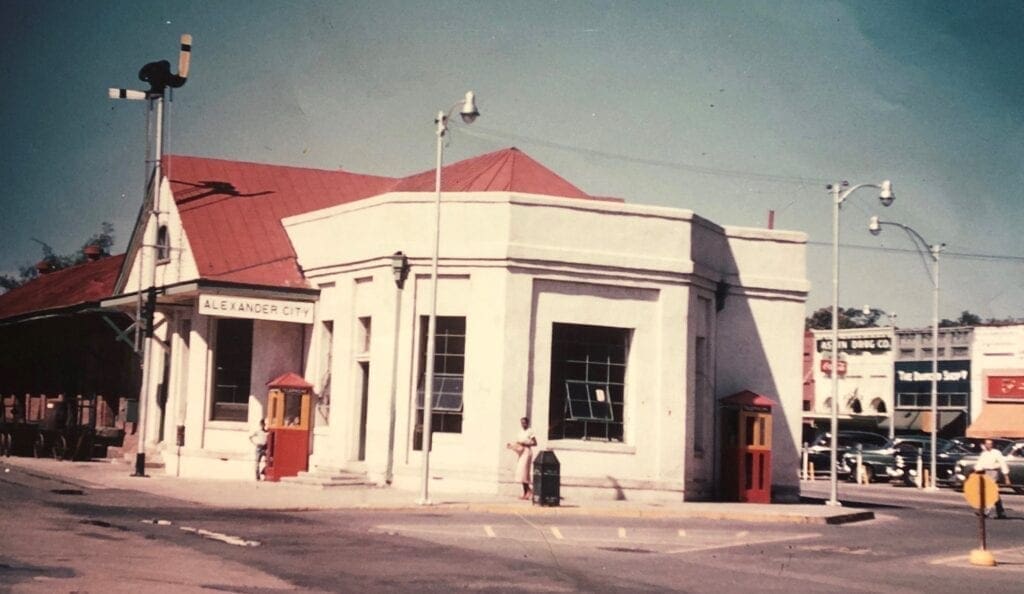
The Town of Youngsville became a viable market with the arrival of the railroad. The Savannah and Memphis Railroad (S & M) was completed from Opelika to the east side of the Tallapoosa River at Sturdivant in 1872. Anticipating the extension of the railroad to Youngsville, the citizens changed the name to Alexander City in 1873. This change was made to honor Edward Porter Alexander, president of the S & M. On June 24, 1874, an excursion train pulled by an engine named “Simon Suggs” steamed into Alexander City bringing dignitaries and visitors to join residents in celebrating the inauguration of rail service.
First Universalist Church of
Camp Hill
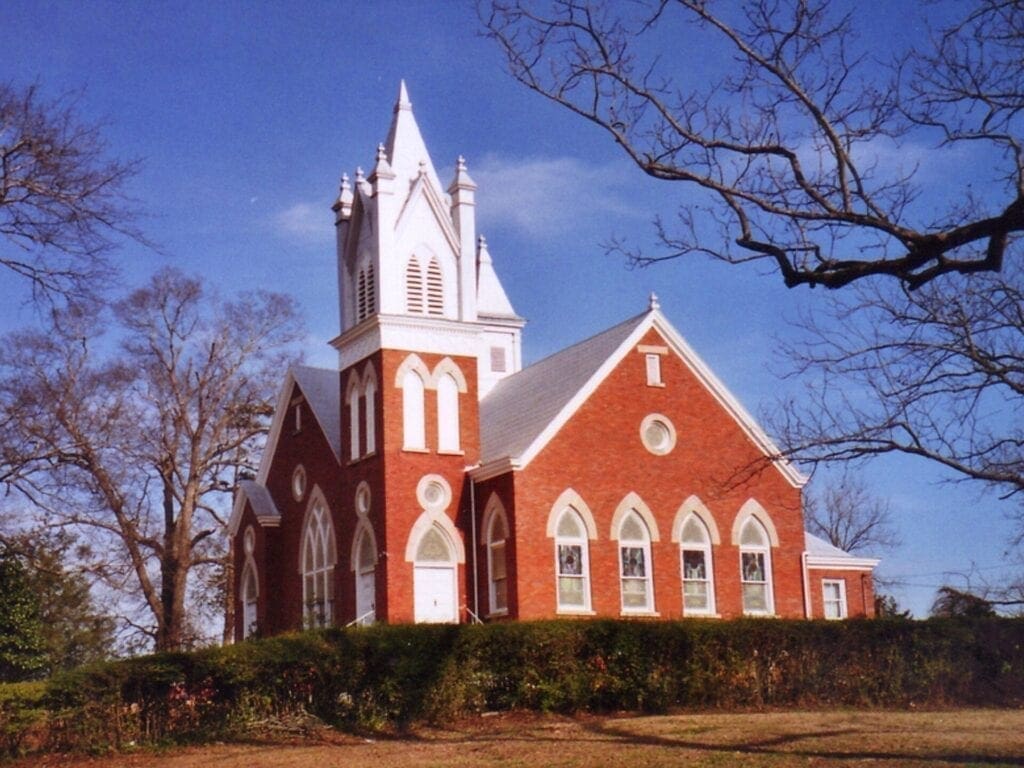
Established in 1846, The First Universalist Church of Camp Hill was the largest Universalist church in the southeastern United States in the first half of the 20th century. The present brick sanctuary was built in 1907. The striking design is the work of Birmingham architect Daniel A. Helmich.
SouthernPrep Academy (formerly Lyman Ward Military Academy)
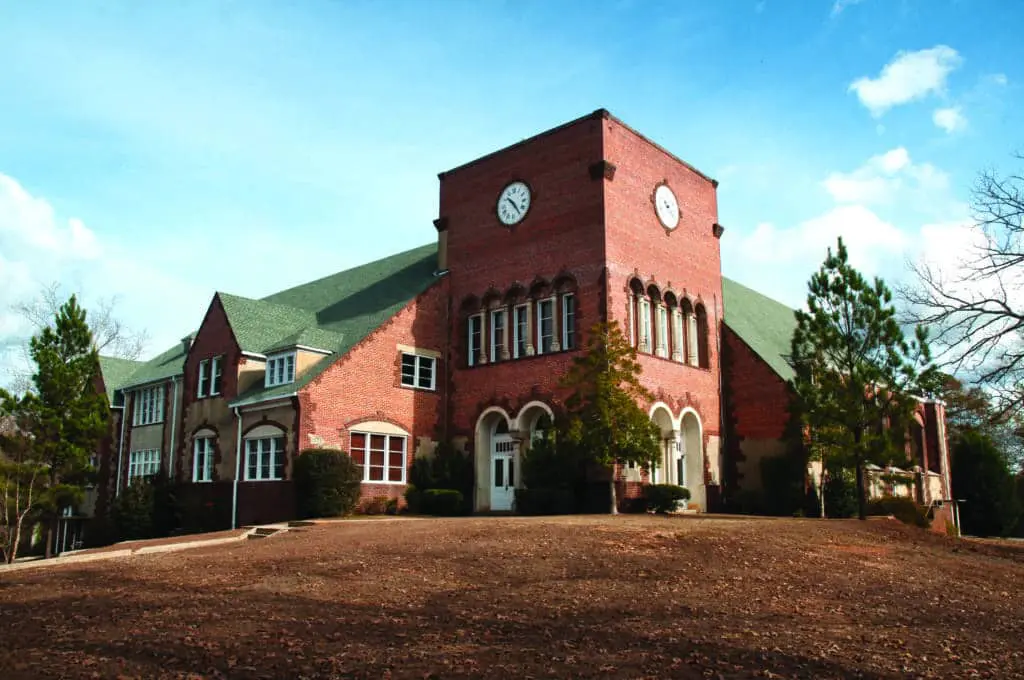
The academy was founded in 1898 by Dr. Lyman Ward, a Universalist minister from New York. First incorporated as The Southern Industrial Institute, it was a non-profit, non-denominational co-educational institution for rural youth. Dr. Ward was a friend and frequent correspondent with Booker T. Washington, founder of Tuskegee Institute. Shortly after Dr. Ward’s death in 1948 the school became Lyman Ward Military Academy, now known as SouthernPrep Academy.
Graefenberg Medical Institute
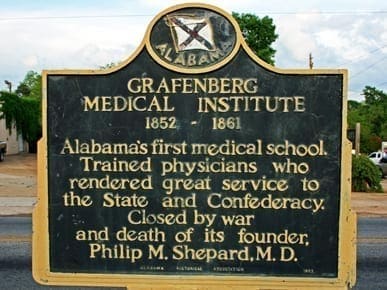
Alabama’s first medical college, the Graefenberg Medical Institute was established just north of Dadeville in 1852 by Phillip Madison Shepard, M.D. The school was closed due to the death of its founder and outbreak of Civil War in 1861. Attempts to reopen the school after the war failed and the main three-story building and surrounding structures burned in 1873. The Graefenberg cemetery for the Shepard family is the only remaining visible evidence.
The Mitchell House
Ginkgo Manor
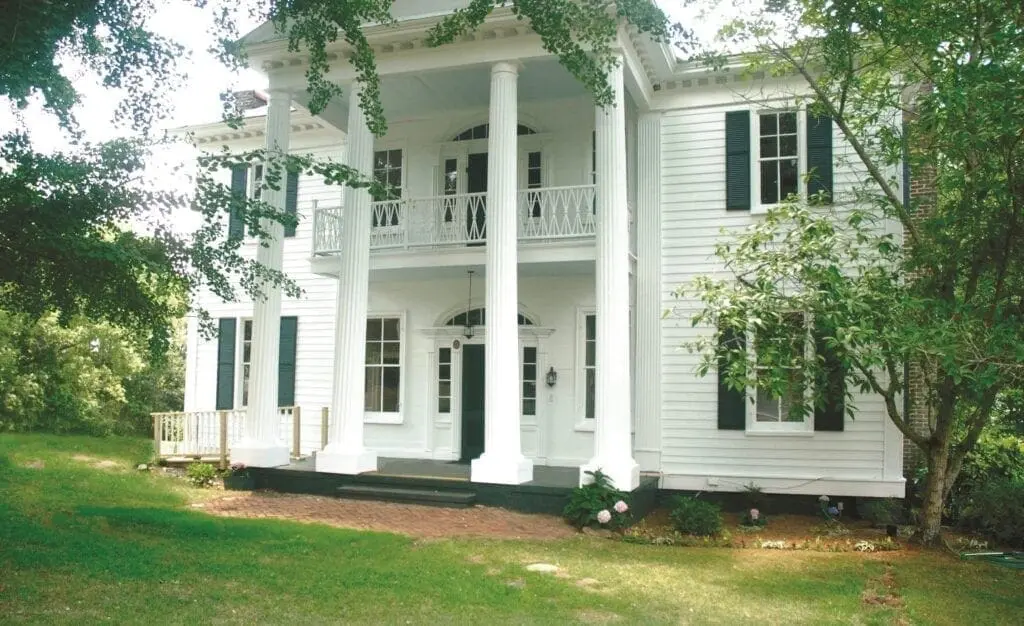
The oldest antebellum mansion in Tallapoosa County was built in 1835 by William Mandon Alexander Mitchell, M.D. in Dadeville. It was the birthplace of Sidney Z. Mitchell, famed industrialist/financier once reported to be the richest man in the United States. The secessionist firebrand William Lowndes Yancey spoke to a crowd from the balcony in 1860. Today the Mitchell House is used for a wedding and event venue.
Tallapoosee Historical Museum
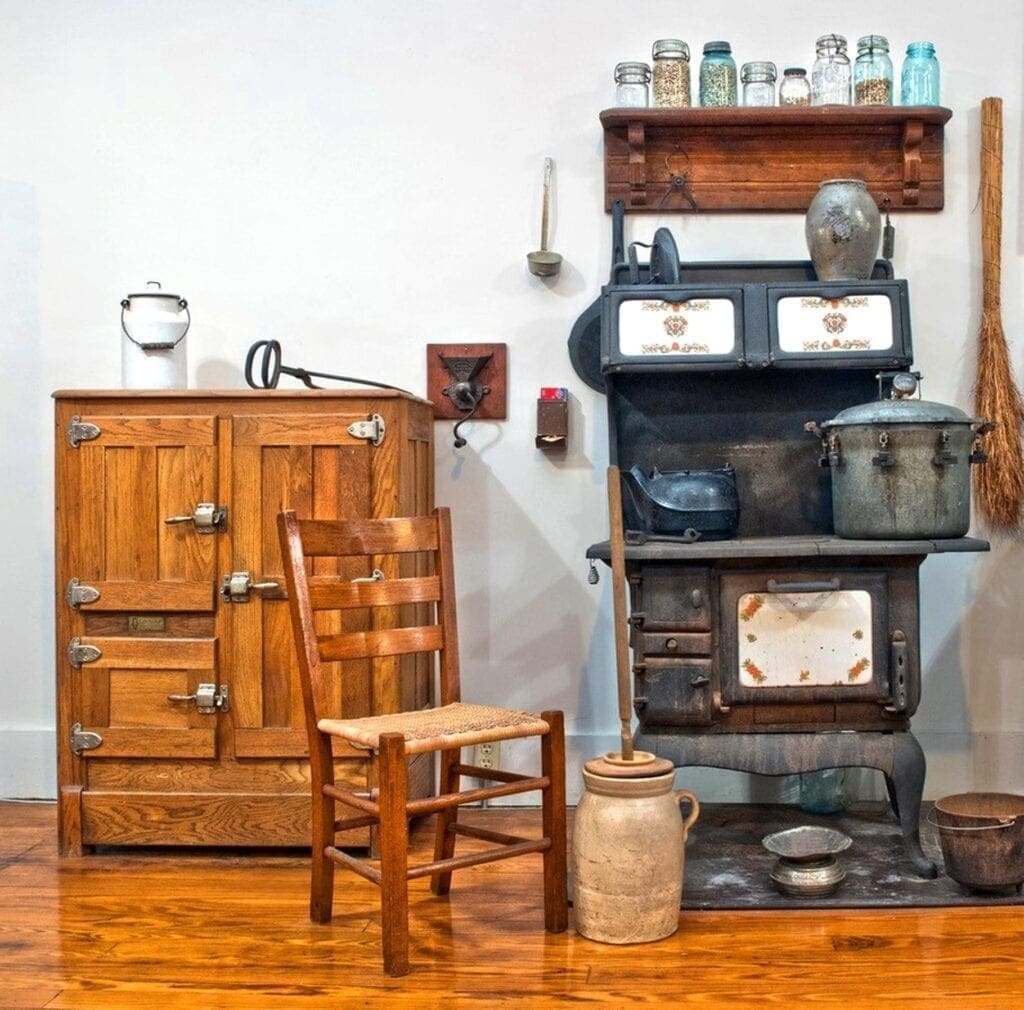
Located on Broadnax Street in Dadeville, the museum occupies two adjoining mercantile buildings packed with numerous artifacts, historical displays, and genealogical information for Tallapoosa County. The Tallapoosee Historical Museum is open free to the public Thursday through Saturday 10:00 a.m. to 1:00 p.m.
Discovery Center at
Russell Crossroads
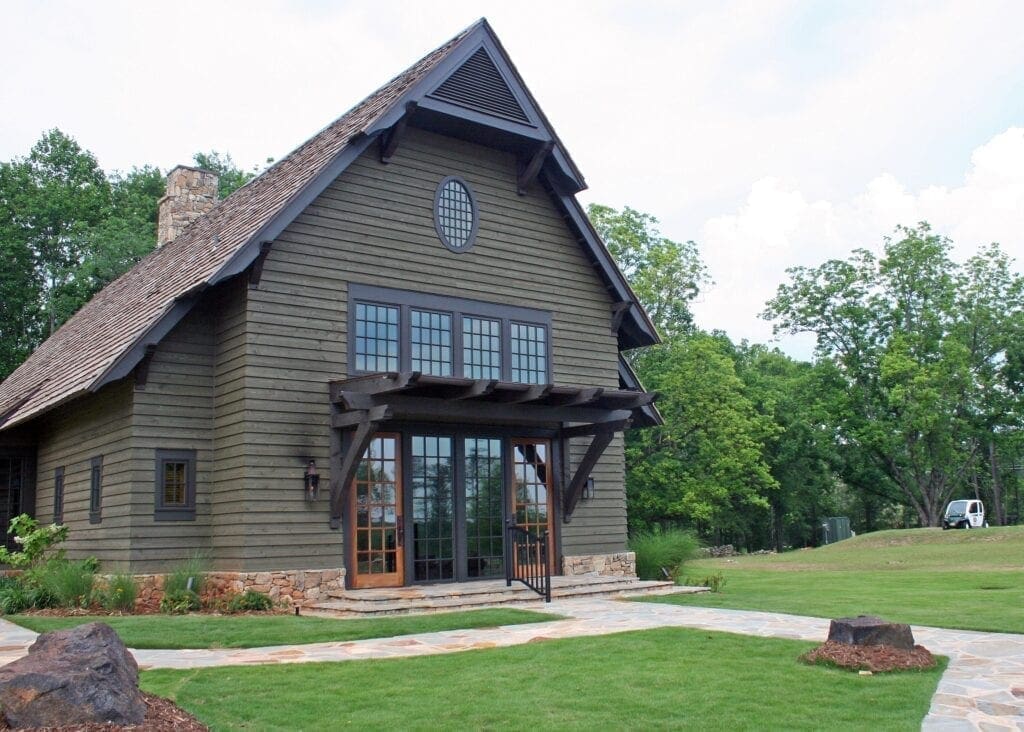
Located within Russell Crossroads on Highway 63, the Discovery Center describes the rich history of Lake Martin and the Russell family. The center includes a three-dimensional pictorial timeline of the Lake Martin area and artifacts from the region.
Miller Covered Bridge
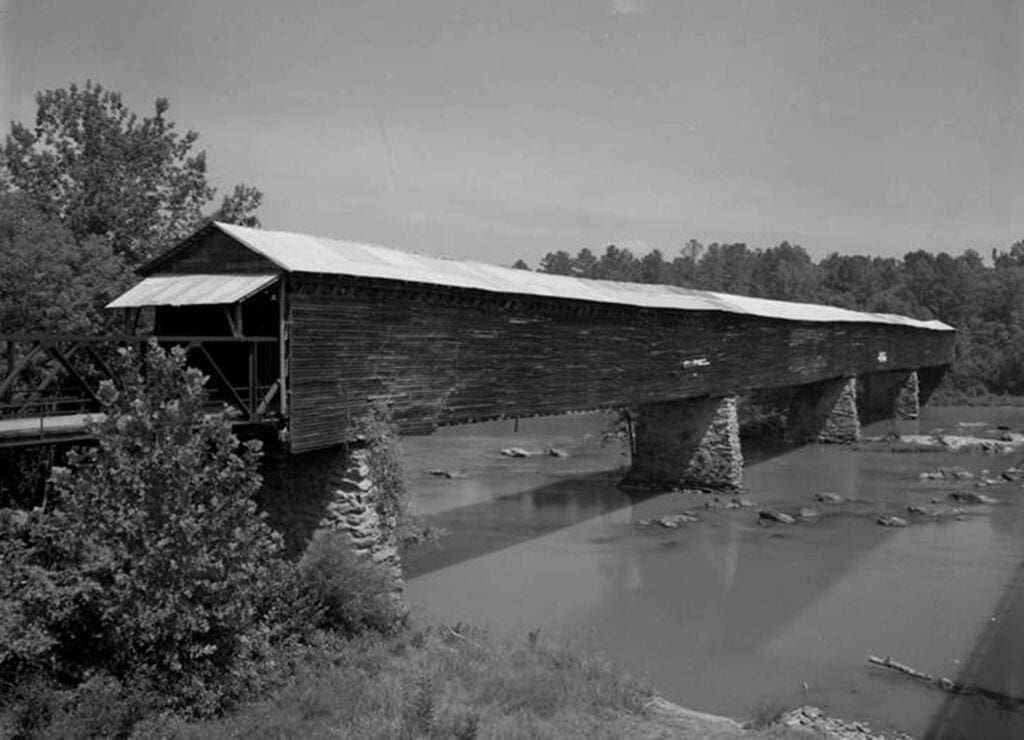
Completed in 1908, the Miller covered bridge was the only highway bridge across the Tallapoosa River between Tallassee and Wadley until Lake Martin was built. The massive bridge had a total length of 838 feet and a covered length of 600 feet. At the time it collapsed in 1963, it was the longest covered bridge in the U.S. The rock piling supports are still visible from the Tallapoosa River boat ramp within Horseshoe Bend National Military Park.
Mistletoe Bough
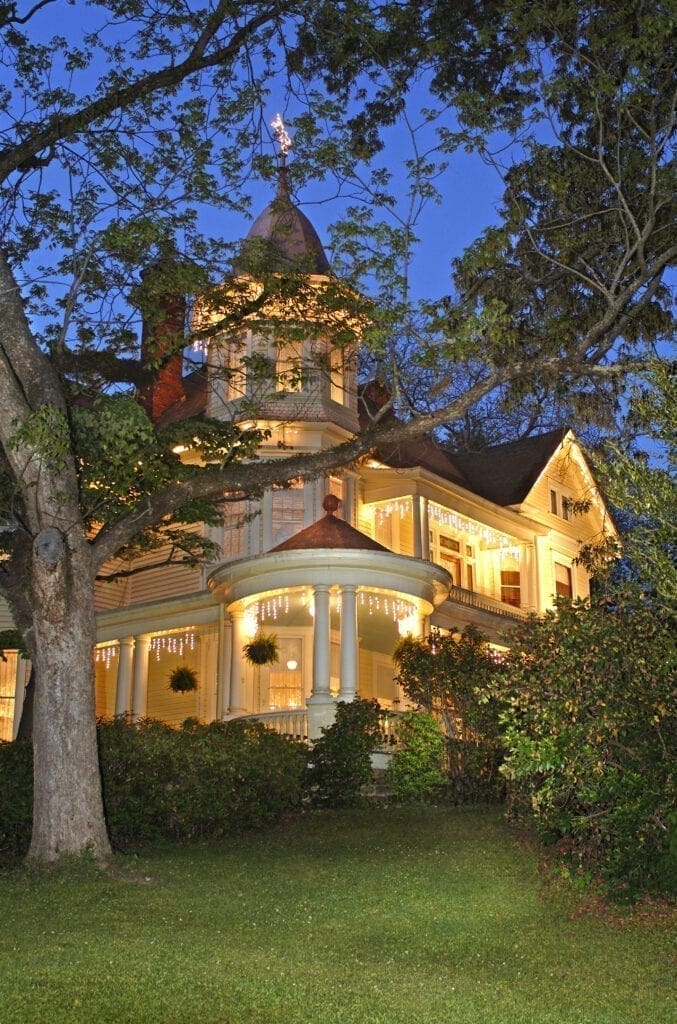
Constructed from 1890 to 1895 for Reuben Herzfeld, the house is an outstanding example of the Free Classical Queen Anne style. The Mistletoe Bough has been magnificently restored and serves as a bed and breakfast on Hillabee Street in Alexander City.
Patterson Log Cabin
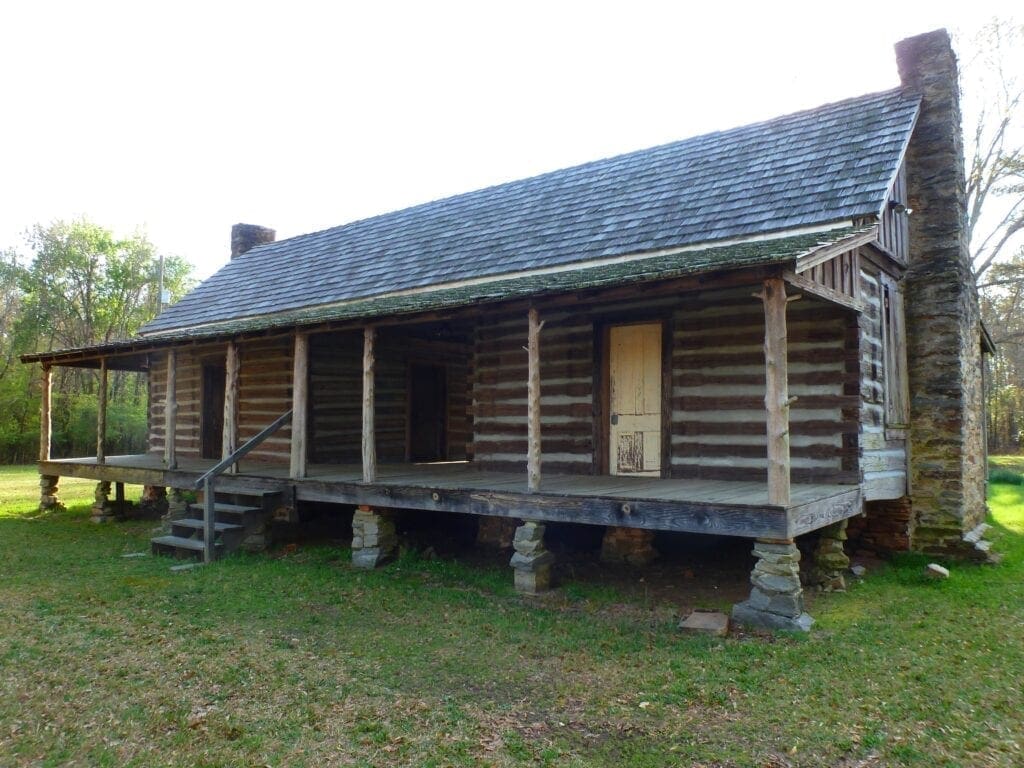
Built from hand hewn, notched logs between 1840 and 1845, the two room cabin is the oldest house in Tallassee. The restored structure features two large stone chimneys and a “dog trot” breezeway. The Patterson Log Cabin stands at its original location on Sims Avenue.
The Silo at Wind Creek State Park
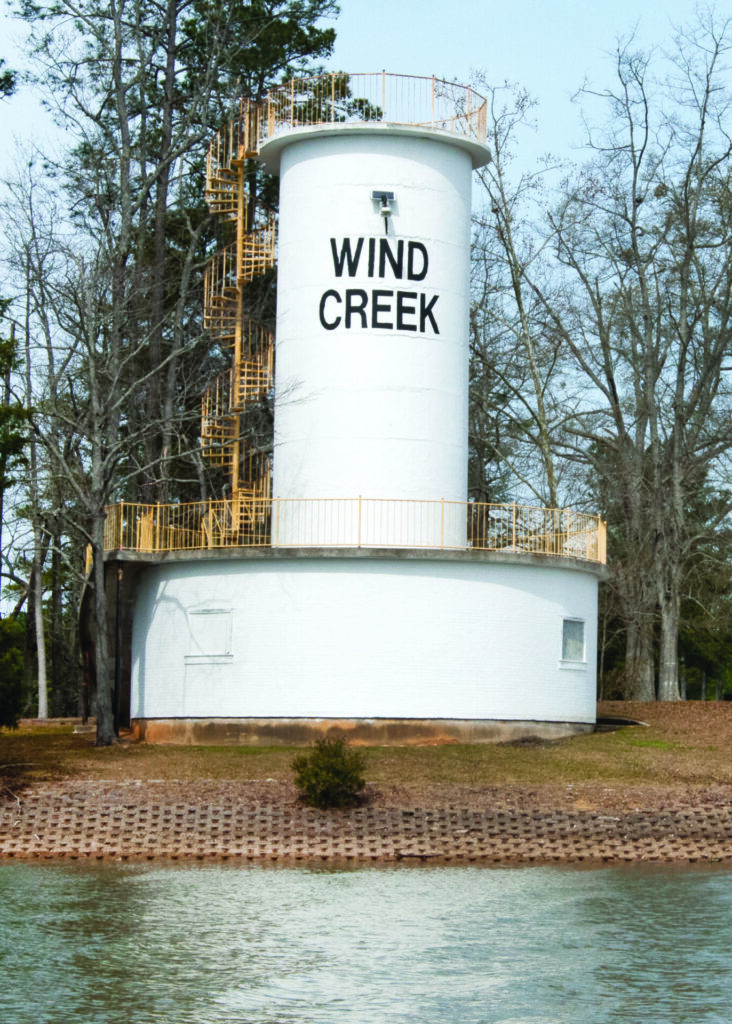
The silo was built to store grain by farmer Sid Hertzfield in 1915. Today it serves as an observation tower overlooking Lake Martin in Wind Creek State Park.
Johnson Jones Hooper

Lawyer, editor, and world renown southern humorist Johnson J. Hooper lived for a while in the United States Hotel in Dadeville to take the 1840 census for Tallapoosa County. His experience there was the basis for stories and books he would later publish such as “Taking the Census” and “Adventures of Captain Simon Suggs.” The Tallapoosee Historical Museum has a book of handwritten notes by Hooper, possibly reminders for future stories.
Hank Williams
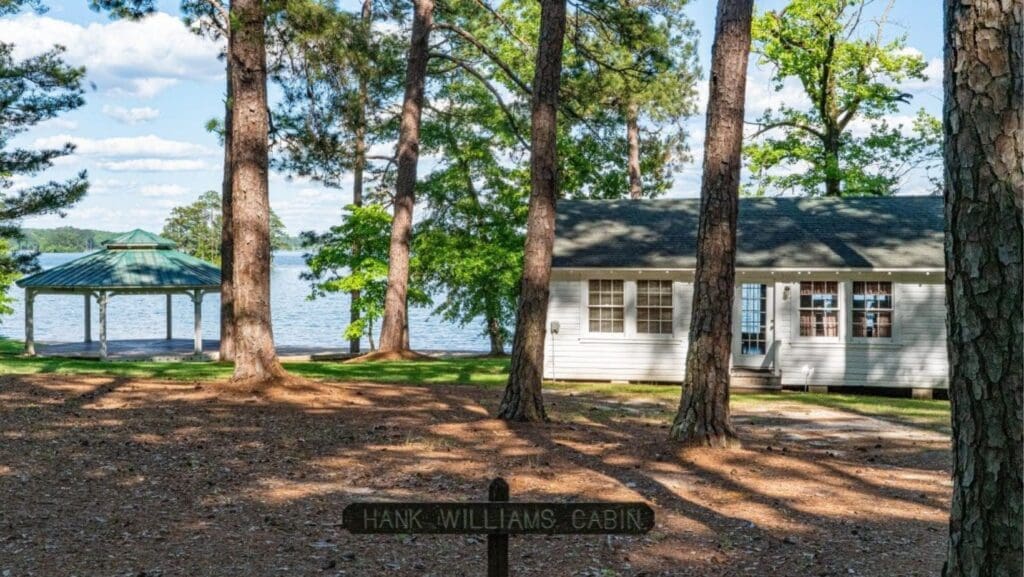
The famed country music star, Hank Williams, was a frequent visitor to Tallapoosa County and the Lake Martin area. This is the cabin where Hank frequented and wrote the famous song Kowaliga.
Wellborn Muscle Car Museum
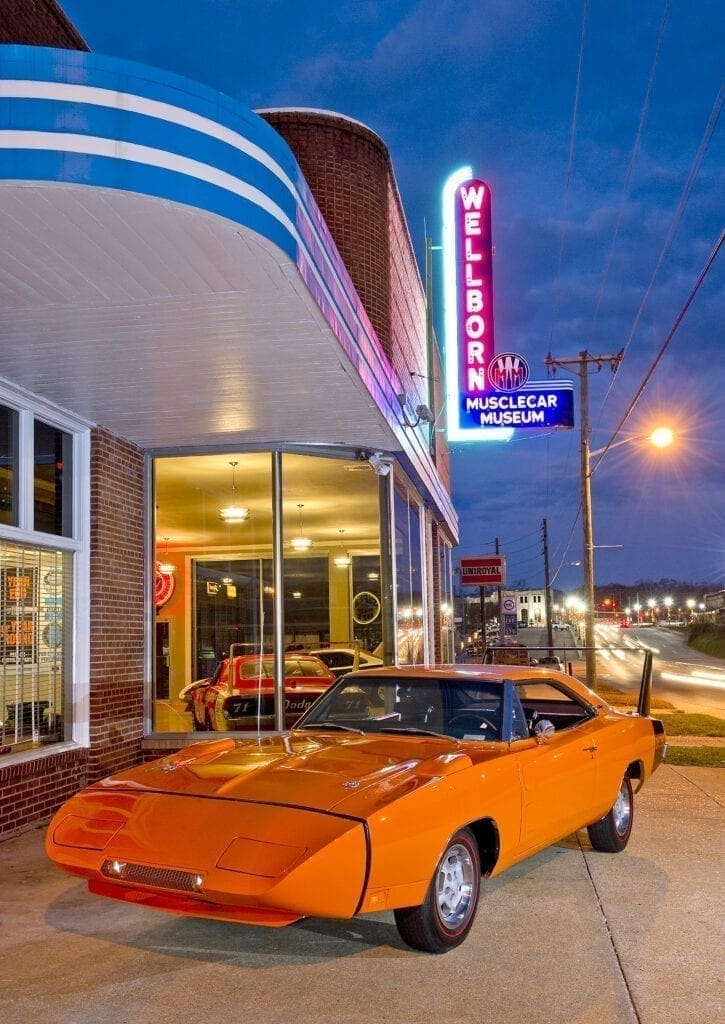
The Wellborn Muscle Car Museum preserves a slice of history from the 1960s and 1970s when American muscle cars ruled the road. The museum has a constantly rotating inventory of amazing vehicles including the nation’s largest high performance Dodge collection.

